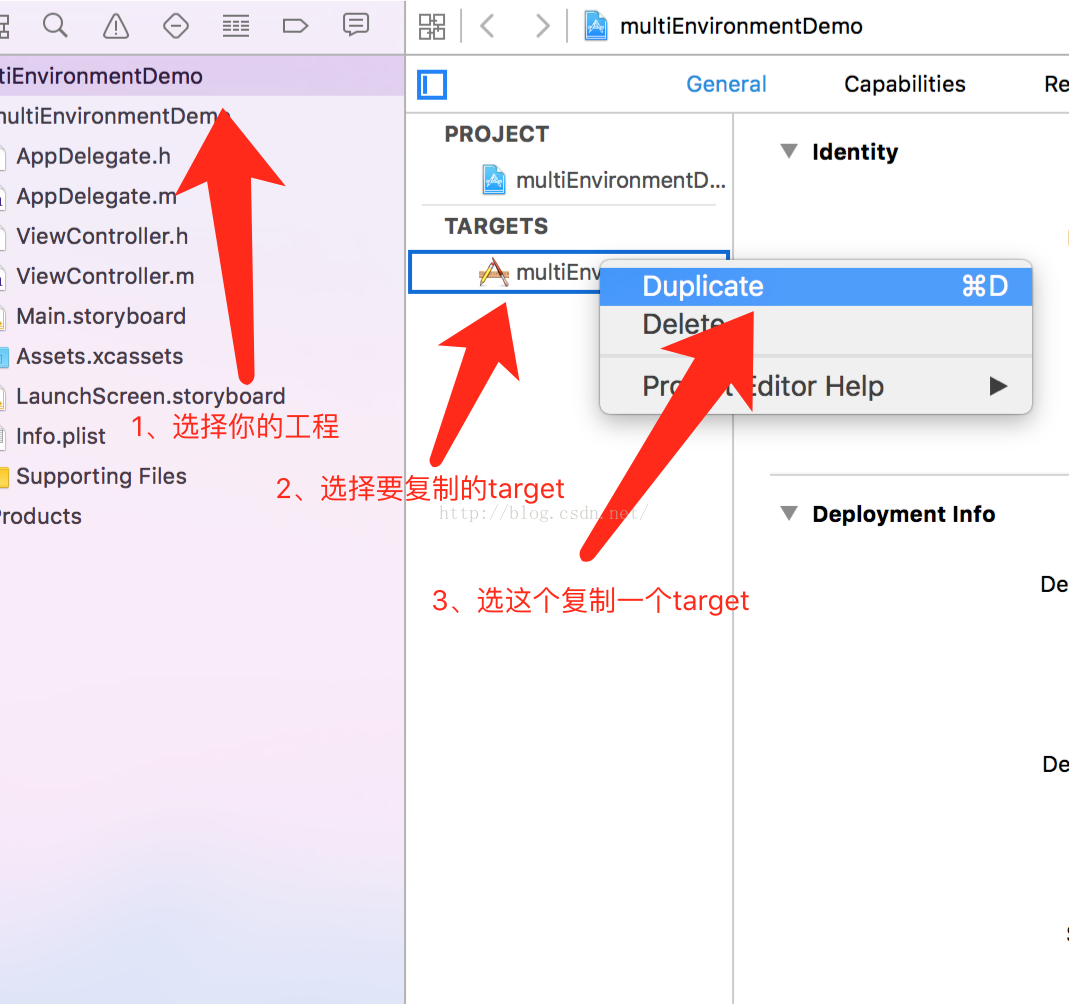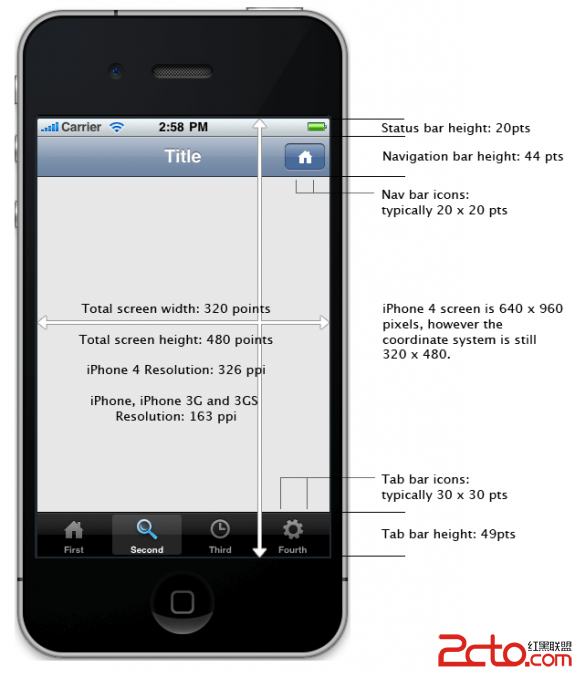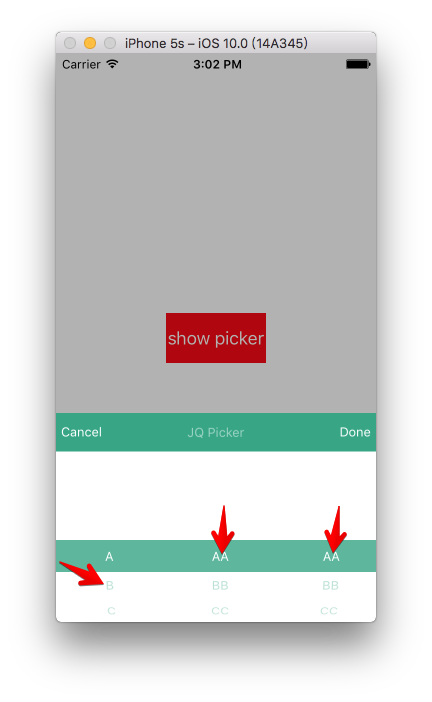《從零開始學Swift》學習筆記(Day 40)——析構函數
編輯:IOS開發綜合
下面看看示例代碼:
class Rectangle {
var width: Double
var height: Double
init(width: Double, height: Double){
self.width = width
self.height = height
}
init(W width: Double,H height: Double){
self.width = width
self.height = height
}
deinit { //定義了析構函數
print("調用析構函數...")
self.width = 0.0
self.height = 0.0
}
}
var rectc1: Rectangle? = Rectangle(width: 320, height: 480) //實例rectc1
print("長方形:\(rectc1!.width) x\(rectc1!.height)")
rectc1 = nil //觸發調用析構函數的條件
var rectc2: Rectangle? = Rectangle(W: 320, H: 480) //實例rectc2
print("長方形:\(rectc2!.width) x\(rectc2!.height)")
rectc2 = nil //觸發調用析構函數的條件
析構函數的調用是在實例被賦值為nil,表示實例需要釋放內存,在釋放之前先調用析構函數,然後再釋放。
運行結果如下:
長方形:320.0 x 480.0
調用析構函數...
長方形:320.0 x 480.0
調用析構函數...
析構函數只適用於類,不能適用於枚舉和結構體。類似的方法在C++中也稱為析構函數,不同的是,C++中的析構函數常常用來釋放不再需要的內存資源。而在Swift 中,內存管理采用自動引用計數(ARC),不需要在析構函數釋放不需要的實例內存資源,但是還是有一些清除工作需要在這裡完成,如關閉文件等處理。
相關文章
+- iOS從零開端學習直播之2.采集
- iOS從零開端學習直播之3.美顏
- 從零開始學ios開發(十四):Navigation Controllers and Table Views(上)
- 從零開始學Swift學習筆記(Day57)注釋規范
- 10步成為專業iOS開發者——從零起步
- 從零開始學 iOS 開發的15條建議
- 從零開始 Code Review
- 從零開始:你的第一個iOS App
- 從零開始,讓你的框架支持CocoaPods
- iOS中從零開始使用protobuf
- iOS從零開始學習socket編程——高並發多線程服務器
- 《從零開始學Swift》學習筆記(Day1)——我的第一行Swift代碼
- 《從零開始學Swift》學習筆記(Day 2)——使用Web網站編寫Swift代碼
- 《從零開始學Swift》學習筆記(Day3)——Swift2.0之後增加的關鍵字
- 《從零開始學Swift》學習筆記(Day4)——用Playground工具編寫Swift




